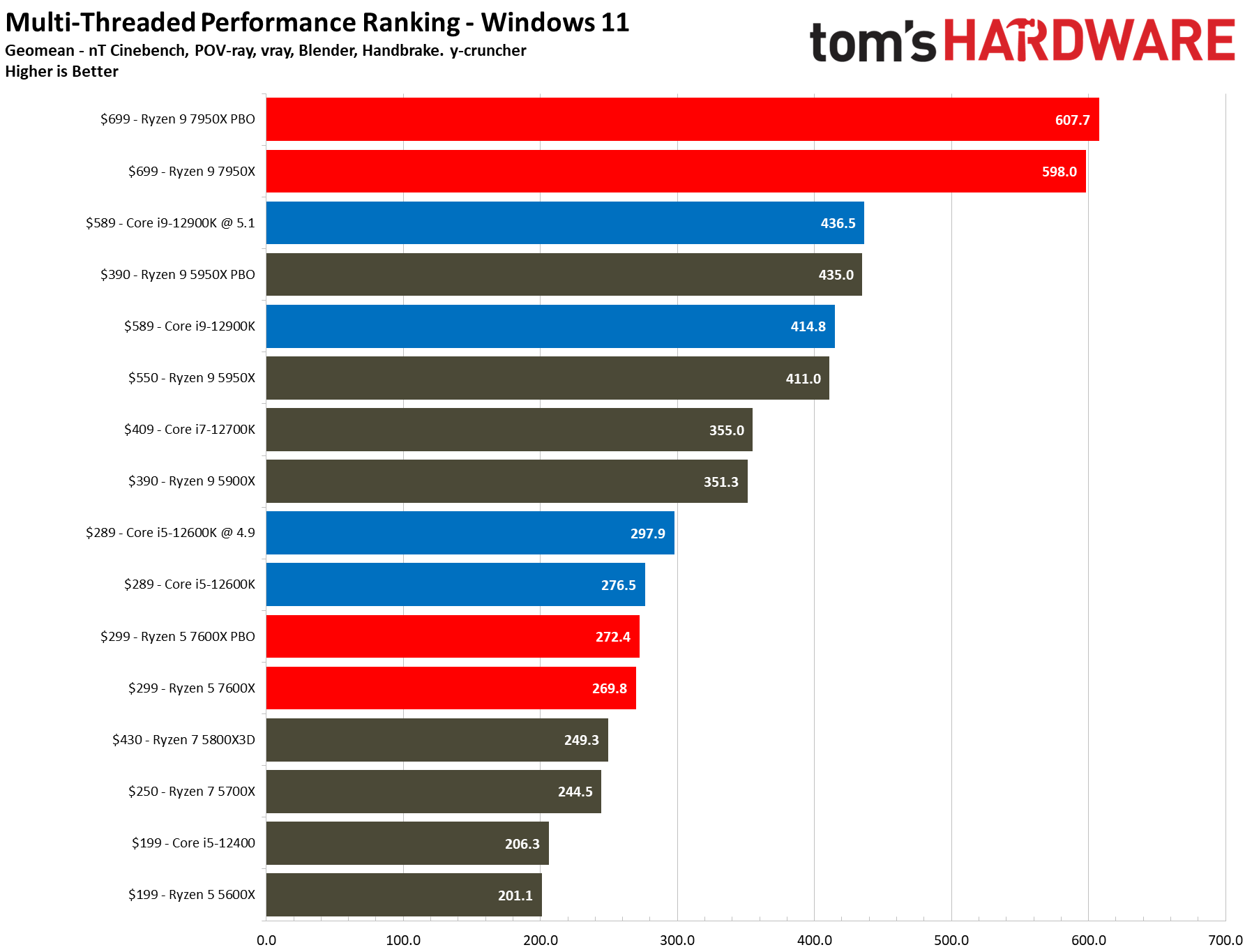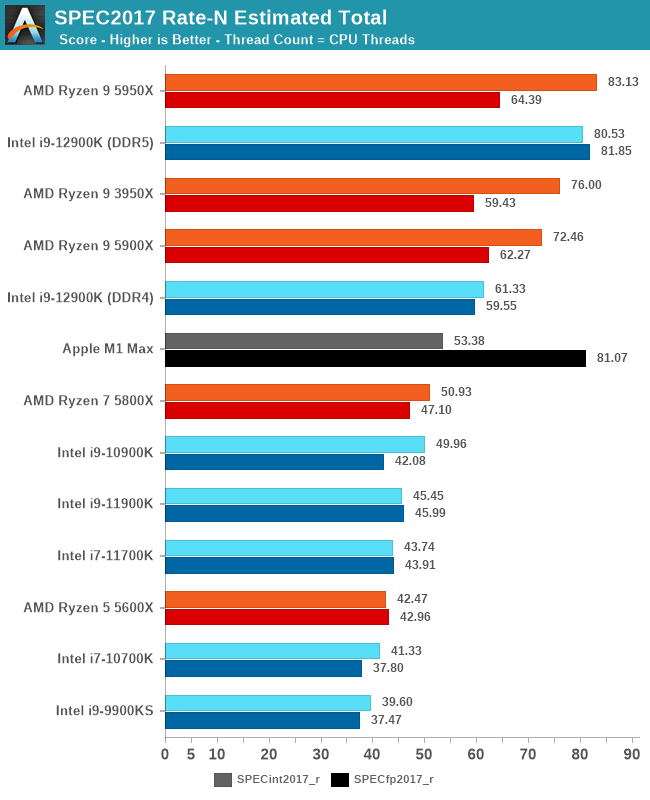German publication Igor's Lab leaks the performance projections for Raptor Lake Refresh and Arrow Lake processors.
Intel Raptor Lake Refresh, Arrow Lake CPU Performance Projections Leaked : Read more
Intel Raptor Lake Refresh, Arrow Lake CPU Performance Projections Leaked : Read more






